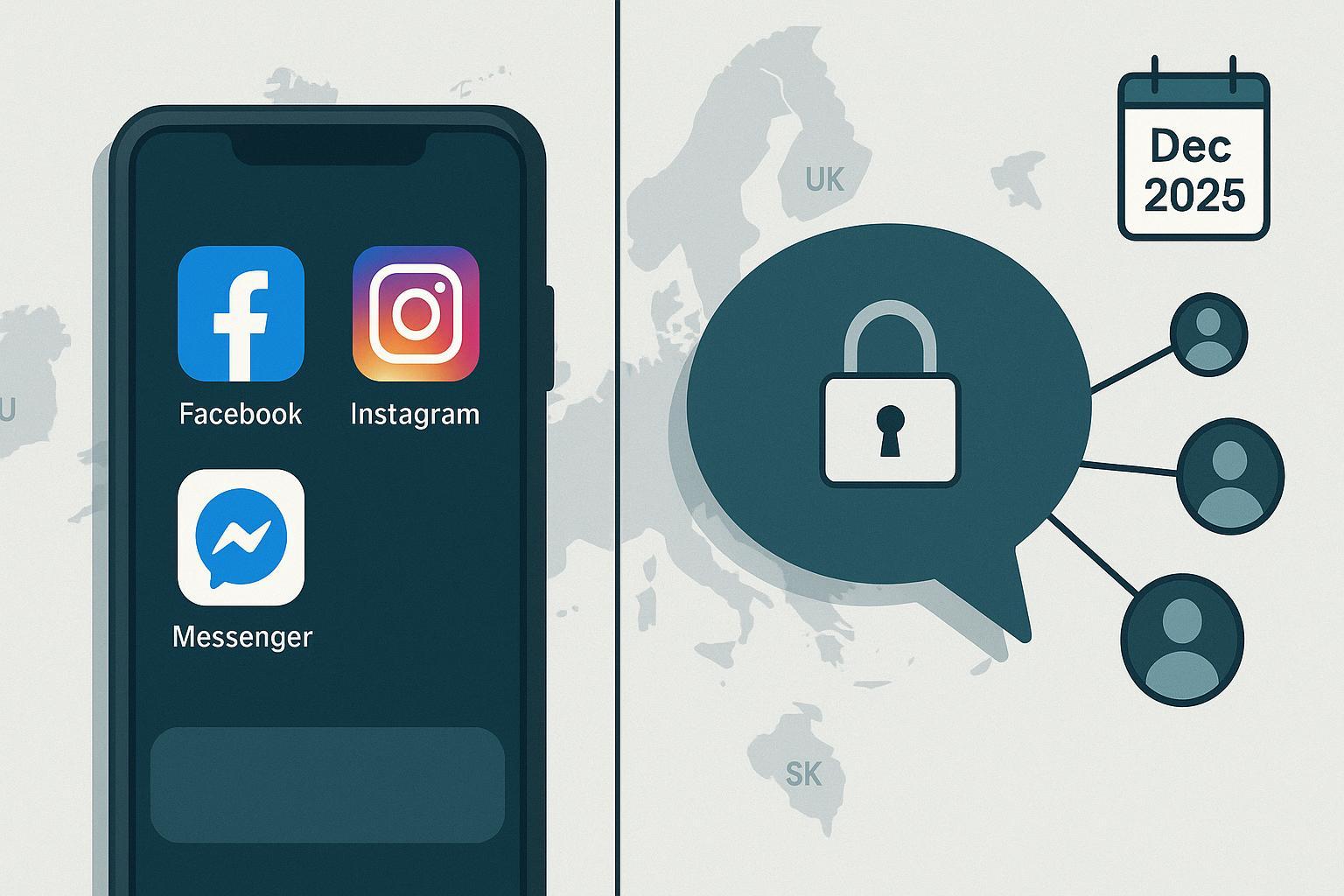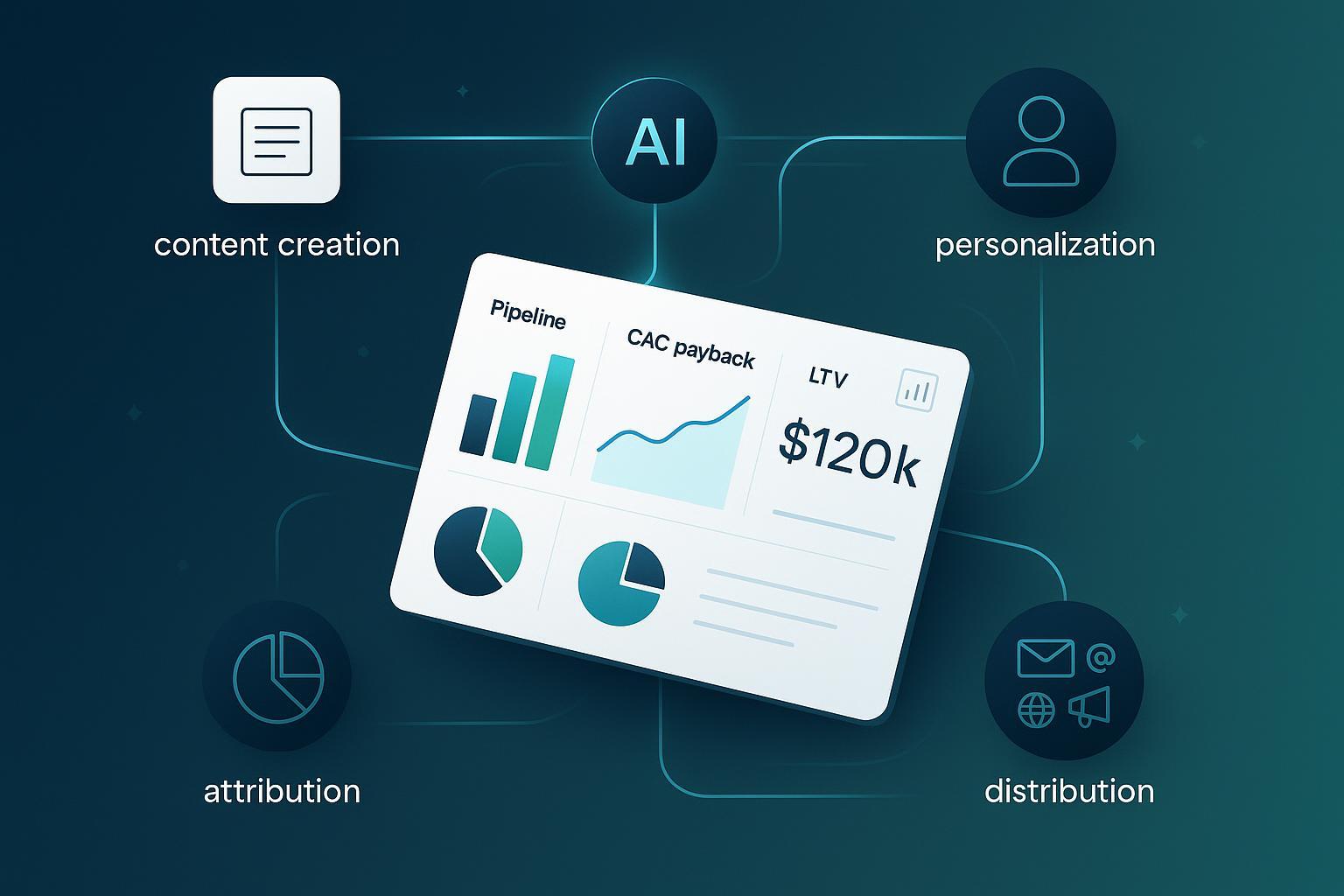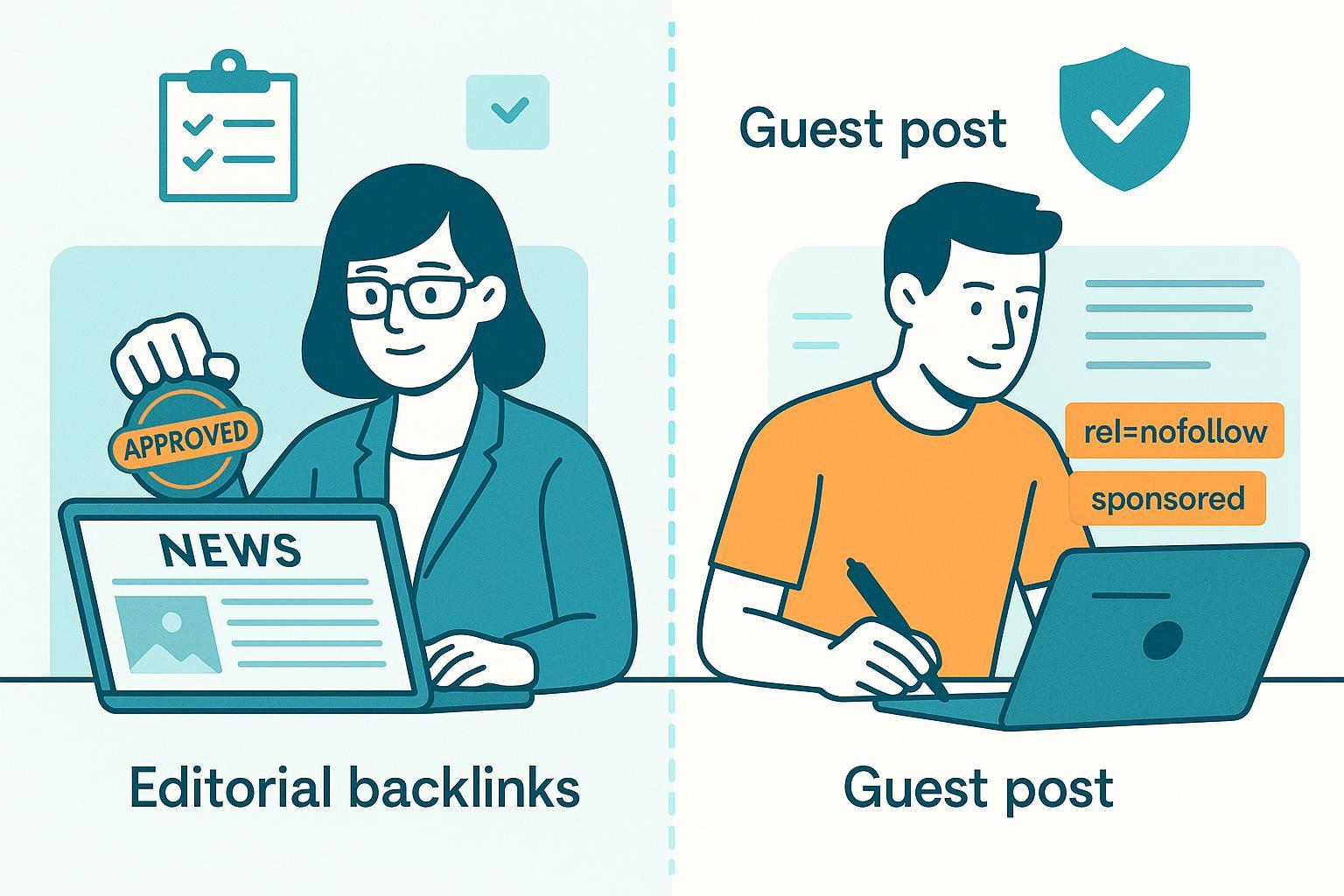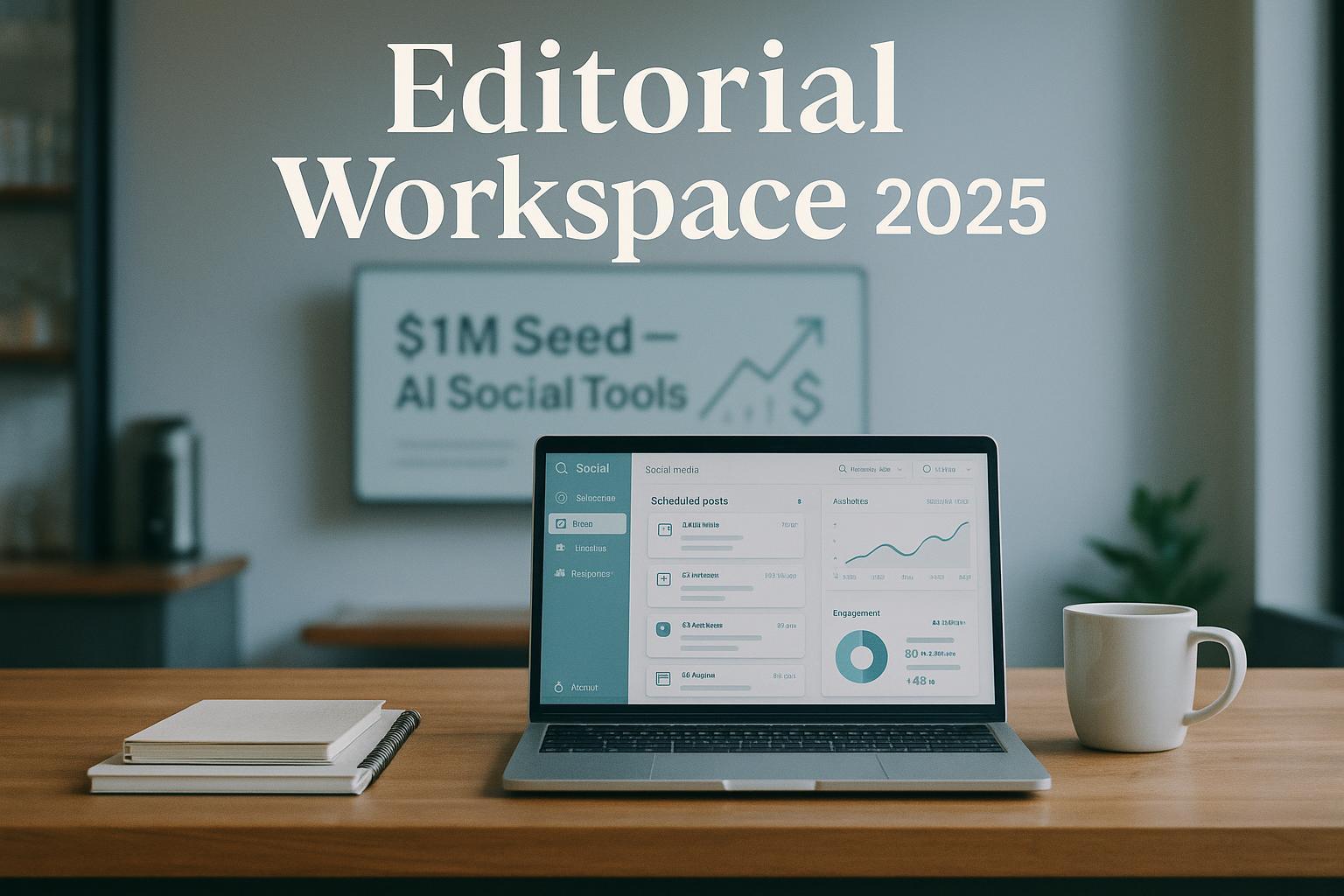Meta’s AI Chat Data to Power Targeted Ads Globally Starting Dec 2025
Learn how Meta will use AI chat data for targeted ads from Dec 16, 2025—except EU/UK/South Korea. No granular opt-out. See marketer actions.


Updated on Oct 3, 2025 — This article includes evolving facts. Non‑legal advice: The content below is for informational purposes and does not constitute legal counsel.
Change‑log
- Oct 3, 2025: Initial publication — confirmed Oct 7 notifications, Dec 16 start, EU/UK/South Korea carve‑outs; opt‑out limited to not using Meta AI; WhatsApp scope uncertain; no regulator statements.
- Oct 7, 2025 (planned): Add notification UX details and any Meta Help Center clarifications.
- Late Oct 2025 (planned): Scope clarifications and opt‑out mechanics updates.
- Dec 16, 2025 (planned): Launch‑day verification and early advertiser observations.
- Jan 2026 (planned): Post‑launch impact review and any regulator responses.
What’s changing on December 16, 2025 (and why it matters)
Meta says it will start using signals from user interactions with its generative AI features across Facebook, Instagram, Messenger, and Ray‑Ban Display to personalize content and advertising beginning December 16, 2025. Meta also states that in‑app notifications about these changes will begin October 7, 2025, and that certain sensitive categories are excluded from ad use. These core facts come directly from the Meta Newsroom explainer (Oct 1, 2025).
Independent coverage corroborates the start date, scope, and regional carve‑outs. According to TechCrunch’s Oct 1, 2025 report, the policy applies globally except in the EU, the UK, and South Korea. Fortune’s Oct 2, 2025 analysis emphasizes there is no granular opt‑out beyond choosing not to use Meta AI features.
Why this matters for marketers: conversational interactions can reveal near‑real‑time intent, preferences, and context. If properly leveraged within privacy constraints, such signals could influence audiences, creative testing, and bid strategies. But the rollout also carries reputational and compliance considerations.
What we know vs. what’s still unclear
Known (as of Oct 3, 2025):
- Timing: Notifications from Oct 7; personalized content and ads starting Dec 16, 2025 — per Meta.
- Scope: Signals from Meta’s generative AI features on Facebook, Instagram, Messenger, and Ray‑Ban Display/glasses — per Meta.
- Regions excluded at launch: EU, UK, South Korea — corroborated by TechCrunch and Fortune.
- Sensitive categories: Meta indicates topics like religious views, sexual orientation, political views, health, racial or ethnic origin, philosophical beliefs, or trade union membership are not used to show ads.
- Opt‑out: No granular opt‑out; avoiding Meta AI features is the practical route — emphasized by Fortune.
Unclear or evolving:
- WhatsApp inclusion: Some outlets suggest WhatsApp assistant chats are excluded “for now,” pending clarifications. See TechRadar’s overview (Oct 2025), which cautions that usage may be limited to Facebook/Instagram environments. We are monitoring Meta Help Center pages for definitive language.
- Data specifics: Retention periods, exact fields used, and how signals map to ad surfaces (e.g., retargeting vs. inferred interest segments).
- Enterprise/business messaging: Whether certain business chat contexts are excluded or treated differently.
Role‑based implications and immediate actions
For performance marketers and media buyers:
- Audience building: Anticipate new conversational‑intent signals to complement first‑party audiences. Begin sandbox testing after Dec 16 with cautious budgets and clean measurement designs.
- Creative testing: Prepare ad variants that speak to intent inferred from assistant interactions without creeping into sensitive territory.
- Budget and bidding: Monitor CPM/CPC volatility as targeting supply changes; use geo‑split or cohort‑based lift tests to isolate impact.
For growth leads/CMOs at SMBs and mid‑market:
- Risk‑benefit framing: Balance potential performance lift with privacy optics and brand trust. Establish a review cadence to respond to public sentiment.
- Governance: Set up a cross‑functional task force (marketing, legal, privacy) to gate new targeting strategies and messaging.
For privacy/compliance officers and legal counsel:
- Lawful basis: Validate reliance on platform terms and user notices. Consider updating DPIAs and vendor risk registers.
- Documentation: Keep a running log of campaign configurations using conversational signals and the rationale. Note regional exceptions.
For content teams/creators/agencies:
- Transparency messaging: Draft concise, user‑friendly explanations of how you approach privacy and targeting in light of AI assistant signals.
- Crisis comms prep: Prepare holding statements and social Q&A for potential backlash or misunderstandings.
Operating across fragmented jurisdictions (EU/UK/South Korea vs. rest of world)
A practical operating model:
- Segment campaigns by region: Maintain separate structures for EU/UK/South Korea (excluded at launch) and Rest of World (RoW).
- Policy‑aware activation: In RoW, pilot conversational signal use with guardrails; in excluded regions, lean into first‑party and contextual signals.
- Consistent creative: Keep messaging consistent across regions while ensuring privacy disclosures reflect local realities.
- Measurement: Use geo‑split designs to compare performance between regions with and without conversational signals. Establish an MMM baseline before Dec 16 to track shifts.
If you need a refresher on why resilient owned content matters amid algorithmic and distribution volatility, see our explainer on AI summaries and SEO in 2025.
Campaign hygiene: data minimization in practice
Design interactions to limit exposure of sensitive personal data while preserving utility:
- Prompt hygiene: Encourage users (and internal teams) to avoid sharing sensitive categories in assistant chats. Provide examples of “safe prompts” vs. risky disclosures.
- Minimalist mapping: Use high‑level intent categories (e.g., “planning travel,” “shopping for fitness gear”) rather than granular attributes that risk crossing sensitive lines.
- Frequency caps and variety: Avoid over‑reliance on conversational signals by balancing with contextual and first‑party data.
- Internal training: Brief copywriters, community managers, and support agents on privacy‑aware language.
Operationalizing transparency messaging (playbook)
Step‑by‑step outline:
- Audit your current privacy pages, FAQs, and help center entries for references to ad targeting, personalization, and AI assistants.
- Draft region‑specific language noting that assistant interactions may inform recommendations and ads where permitted, and that sensitive topics are excluded.
- Add a clear “Updated on” banner and brief change‑log to your privacy/update page to mirror ongoing developments.
- QA for clarity, reading level, and consistency with brand tone; run legal review.
To streamline drafting and regional variants, consider using QuickCreator to produce and QA transparency pages and FAQs across locales. Disclosure: QuickCreator is our product.
- For process guidance, follow this step‑by‑step QuickCreator workflow for AI content.
- Before publishing, run a content quality pass with our EEAT checker and guidelines.
Also remember to update policy‑related meta titles and descriptions to improve clarity and discoverability. If you need a primer on titles, descriptions, and keywords hygiene, see Understanding and Implementing TDK for SEO.
Measurement plan: quantify impact without over‑attributing
Pre‑launch (now through early December):
- Baselines: Establish MMM baselines and set up geo‑split cohorts (RoW vs. EU/UK/KR) to measure differential effects.
- Holdouts: Define control groups where conversational signals are not used, even in RoW.
- Instrumentation: Ensure consistent conversion tracking, server‑side events, and lift testing frameworks.
Post‑launch (Dec 16 onward):
- Early reads: Watch CPM/CPC shifts, conversion rate changes, audience quality metrics (e.g., bounce rates from ad landers).
- Attribution sanity checks: Compare platform‑reported lift vs. independent MMM and incrementality tests.
- Sentiment: Track privacy complaint volumes and brand sentiment to calibrate messaging.
For strategic context, Meta reported $47.5B in total revenue and about $46.6B in advertising revenue in Q2 2025, underscoring how central ads are to the business; see Meta Investor Relations: Q2 2025 results.
FAQs for stakeholders (as of Oct 3, 2025)
- Will this affect all users? It applies broadly except in the EU, UK, and South Korea at launch, according to TechCrunch and Fortune.
- Can users opt out? There’s no granular opt‑out beyond not using Meta AI features, per Fortune’s reporting.
- Which products are in scope? Facebook, Instagram, Messenger, and Ray‑Ban Display/glasses are named by Meta. WhatsApp scope remains uncertain.
- What about sensitive topics? Meta indicates sensitive categories are excluded from ad use.
- When will users be notified? Meta says app notifications begin October 7, 2025.
For additional verification of these points, reference the Meta Newsroom explainer (Oct 1, 2025), TechCrunch’s report (Oct 1, 2025), and Fortune’s analysis (Oct 2, 2025).
Watch‑outs and next steps
- Regulatory monitoring: Keep an eye on statements or guidance from EU/UK/KR data protection authorities and the FTC. None were identified in the Oct 1–3 window.
- Help Center updates: Look for Meta’s detailed policy and product FAQs clarifying WhatsApp scope, retention windows, and data fields.
- Team readiness: Finalize your governance and measurement plans by late November.
- Messaging agility: Maintain a transparent “how we respect privacy” section and be prepared to adapt language as facts evolve.
If you want a deeper read on how AI‑mediated experiences are reshaping discoverability, revisit AI summaries and SEO in 2025.
Sources and verification
- Primary policy explanation: Meta Newsroom — Improving Your Recommendations on Our Apps With AI at Meta (Oct 1, 2025).
- Regional carve‑outs and opt‑out coverage: TechCrunch (Oct 1, 2025) and Fortune (Oct 2, 2025).
- WhatsApp scope uncertainty: TechRadar overview (Oct 2025).
- Market context: Meta Investor Relations — Q2 2025 results.
— End of article —





